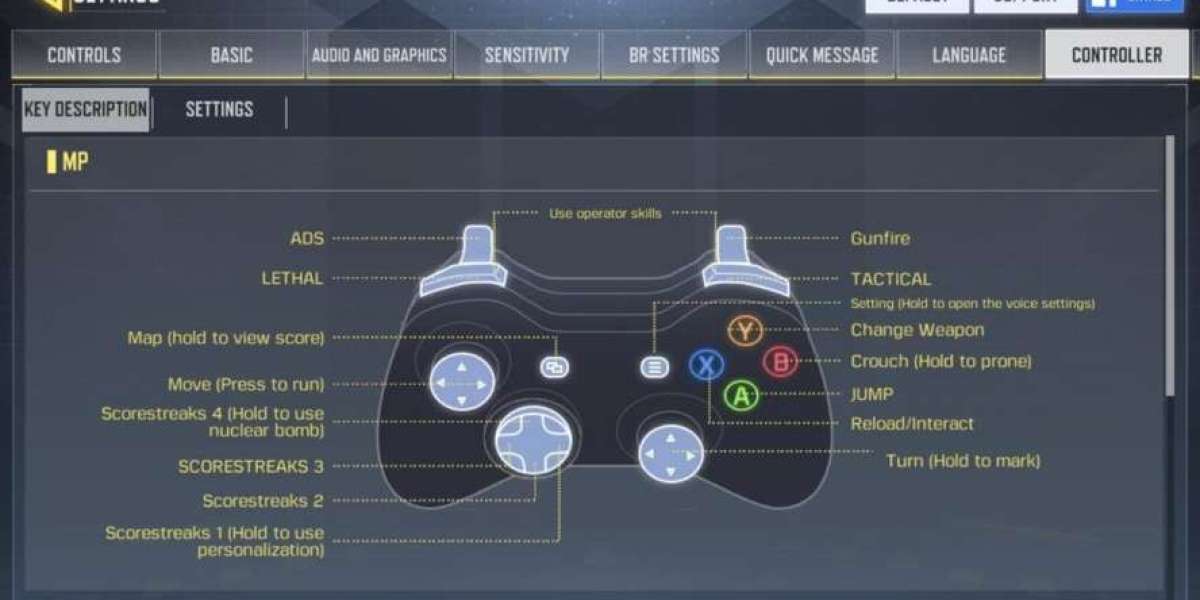Unlocking the Secrets: How to Choose the Perfect Wire Gauge for Your DC Motors!
Choosing the correct wire gauge for DC motors is crucial for ensuring optimal performance and efficiency. The wire gauge directly influences the amount of electrical resistance encountered, which can significantly affect the motor's operation. Whether you're working on a small hobby project or a large industrial application, understanding wire gauge is essential. This article aims to provide you with insights into selecting the appropriate wire gauge for various types of DC motors, taking into account several key factors that can impact your choice.
Understanding Wire Gauge
Wire gauge refers to the thickness of the wire and is typically measured using the American Wire Gauge (AWG) system. In this system, a higher gauge number indicates a thinner wire, while a lower gauge number corresponds to a thicker wire. The thickness of the wire has a direct impact on its electrical resistance and current-carrying capacity. Thicker wires can carry more current with less resistance, which is essential for the efficient functioning of DC motors. When the wire gauge is too small for the motor's requirements, it can lead to overheating, voltage drops, and reduced performance. Understanding this measurement system is fundamental for anyone involved in electrical engineering or DIY projects.
Factors Influencing Wire Gauge Selection
Several key factors influence the choice of wire gauge for DC motors:
- Motor type and size: Different types of DC motors, such as brushed or brushless, may require different wire gauges based on their design and operational characteristics. Larger motors typically need thicker wires to handle higher currents.
- Voltage and current requirements: The voltage and current ratings of your motor are critical in determining the wire gauge. Higher current motors demand thicker wires to ensure safety and efficiency, while lower current applications may suffice with thinner wires.
- Length of wire run: The longer the wire run, the more resistance the wire introduces into the circuit. In such cases, it is advisable to choose a thicker wire gauge to mitigate voltage drop over distance.
- Ambient temperature and insulation type: The environmental conditions and the type of insulation used on the wire can also affect the wire's performance. Higher temperatures can lead to increased resistance, so selecting a wire gauge that accommodates these factors is essential for reliable motor operation.
Choosing the Right Wire Gauge for Different DC Motors
When selecting the right wire gauge for different types of DC motors, consider the following guidelines:
- Small DC motors: For small DC motors, such as those found in toys or small gadgets, a wire gauge of 22 to 24 AWG is typically sufficient. These motors usually operate at lower currents and voltages, making thinner wires a viable option.
- Medium DC motors: Medium-sized DC motors, often used in robotics or small appliances, generally require a wire gauge of 18 to 20 AWG. These motors can handle moderate currents, and using a thicker wire helps prevent overheating and ensures efficient operation.
- Large DC motors: For larger DC motors, such as those used in industrial applications, opting for a wire gauge of 12 to 14 AWG is recommended. These motors have higher current requirements, and using thicker wires is vital for safety and efficiency.
For instance, a friend of mine once built a small robot equipped with a medium DC motor. Initially, he used a 22 AWG wire, which caused the motor to overheat during operation. After switching to an 18 AWG wire, the motor performed efficiently without any issues. This experience highlights the importance of selecting the correct wire gauge based on the specific motor requirements.
Common Mistakes to Avoid
Choosing the wrong wire gauge can lead to several problems. Here are some common pitfalls to avoid:
- Underestimating current requirements: Many enthusiasts may choose a wire gauge without fully understanding their motor's current needs, leading to overheating and potential damage.
- Ignoring wire length effects: Failing to account for the length of the wire run can result in significant voltage drops, adversely affecting motor performance.
- Neglecting temperature ratings: Some may overlook the importance of selecting wire with appropriate insulation for high-temperature environments, which can lead to insulation breakdown and short circuits.
Essential Considerations for Wire Gauge Selection
In conclusion, selecting the correct wire gauge for your DC motors is a critical step in optimizing their performance and longevity. By understanding the factors that influence wire gauge selection and avoiding common mistakes, you can ensure that your motors operate efficiently and safely. Remember to consider the motor type, voltage and current requirements, wire length, and environmental factors before making your selection. A well-informed choice can make all the difference in your project's success.








